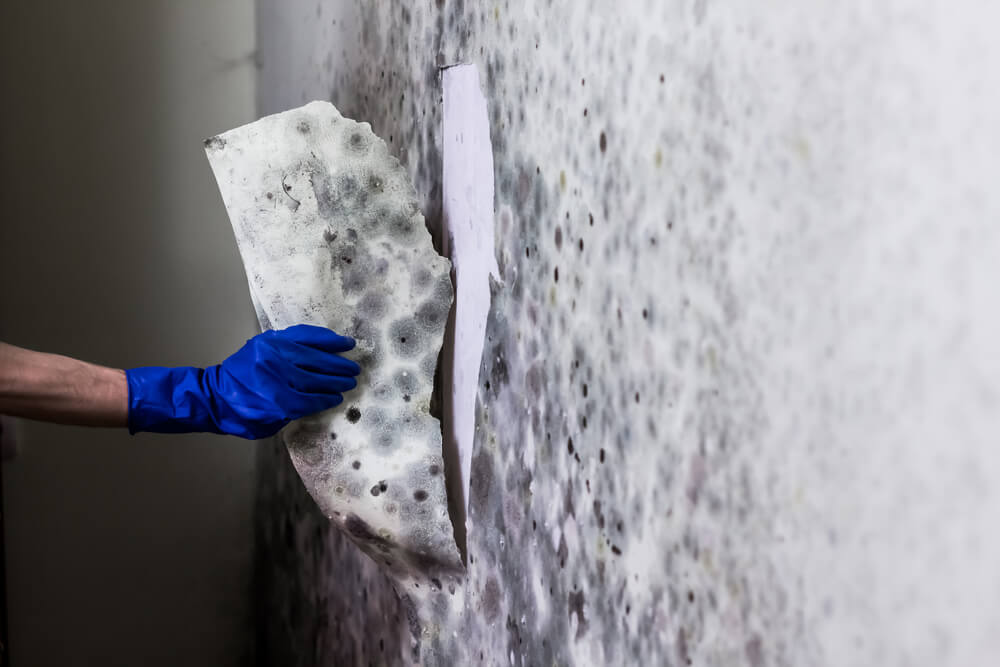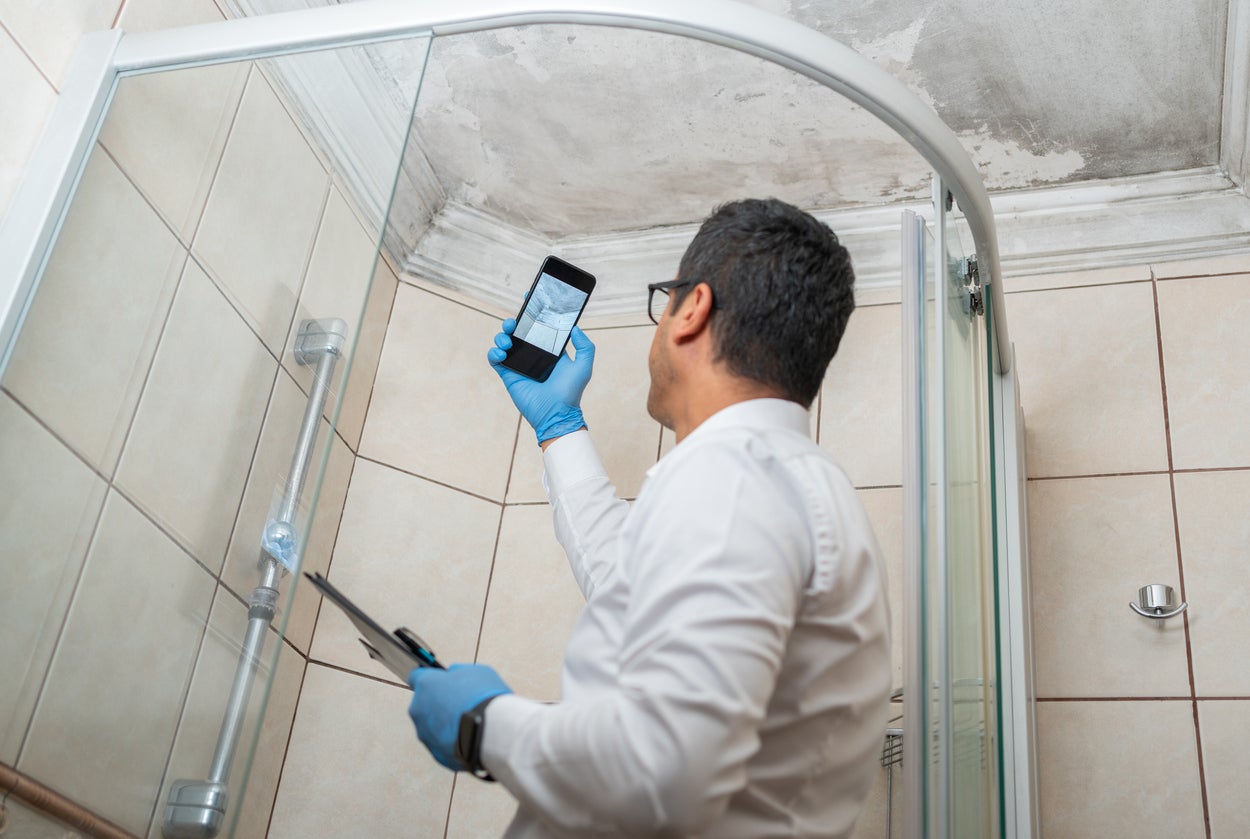Accessing Local Post Remediation Mold Testing Near Me
Your Ultimate Guide to Post Mold Removal Techniques
In the aftermath of mold problem, understanding how to efficiently get rid of the mold and mildew and stop its reoccurrence is extremely important for preserving a healthy and balanced interior environment. From picking the best cleaning and disinfecting approaches to carrying out techniques for lasting mold and mildew prevention, each step in the remediation trip plays an important role in making certain a successful outcome.
Recognizing Post-Mold Removal Process
After completing the mold and mildew removal procedure, it is vital to understand the post-mold remediation methods that are required to make sure a comprehensive and effective cleanup. Once the mold and mildew has actually been eliminated, the next action includes cleaning and sanitizing the affected locations to protect against any kind of regrowth of mold. This consists of making use of specialized cleaning up agents to clean down surface areas and kill any staying mold and mildew spores. It is necessary to dry out the location totally to discourage the growth of mold in the future (Post Remediation verification). Proper ventilation and dehumidification can help in this process.
Moreover, performing a final inspection post-remediation is vital to guarantee that all mold has been successfully removed. This inspection should include a detailed visual check in addition to potentially air sampling to confirm the lack of mold spores airborne. If the assessment exposes any kind of remaining mold and mildew, extra removal might be needed. Lastly, enlightening residents on preventive steps such as regulating wetness degrees and promptly addressing any type of water leaks can assist maintain a mold-free environment.
Effective Cleansing and Sanitizing Methods

Preventing Future Mold Development

Value of Proper Ventilation
Proper ventilation plays an essential function in stopping wetness buildup, a crucial consider mold development within indoor settings. Efficient ventilation systems help remove excess humidity from the air, lowering the chances of mold and mildew spores finding the moisture they need to spread and germinate. Without sufficient ventilation, indoor rooms can come to be a reproduction ground for mold and mildew, bring about potential health threats and architectural damages.
By making certain proper air blood circulation, air flow systems can additionally aid in drying out wet locations faster after water damage or flooding cases, even more deterring mold growth. testing air quality after mold remediation. In areas like shower rooms, cooking areas, attics, and cellars where dampness degrees often tend to be higher, mounting and maintaining efficient air flow systems is vital in protecting against mold infestations

Tracking and Maintenance Tips
Offered the important duty that appropriate ventilation plays in avoiding mold development, it is Going Here important to develop effective monitoring and maintenance tips to make certain the continued functionality of air flow systems. Tracking moisture degrees within the property is additionally vital, as high humidity can contribute to mold and mildew growth. By remaining conscientious and proactive to the problem of air flow systems, home owners can properly minimize the threat of mold and mildew regrowth and preserve a healthy interior environment.
Verdict
To conclude, post-mold removal methods are necessary for ensuring a clean and safe environment. Recognizing the process, applying effective cleansing and decontaminating techniques, protecting against future mold and mildew development, keeping appropriate air flow, and regular surveillance are all important steps in the removal process. By following these guidelines, you can successfully get rid of mold and stop its return, working or promoting a healthy living room for all occupants.
In the after-effects of mold and mildew infestation, understanding just how to properly eliminate the mold and avoid its reoccurrence is critical for maintaining a healthy indoor atmosphere. Once the mold has actually been removed, the following step includes cleansing and decontaminating the influenced areas to avoid any regrowth of mold - After mold remediation. After eliminating visible mold and mildew development, it is critical to cleanse all surface areas in the affected location site link to remove any staying mold and mildew spores. To better improve mold prevention measures, it is important to address underlying concerns that initially led to mold and mildew advancement.Provided the vital function that appropriate air flow plays in article source stopping mold development, it is essential to establish effective surveillance and upkeep tips to ensure the continued functionality of ventilation systems